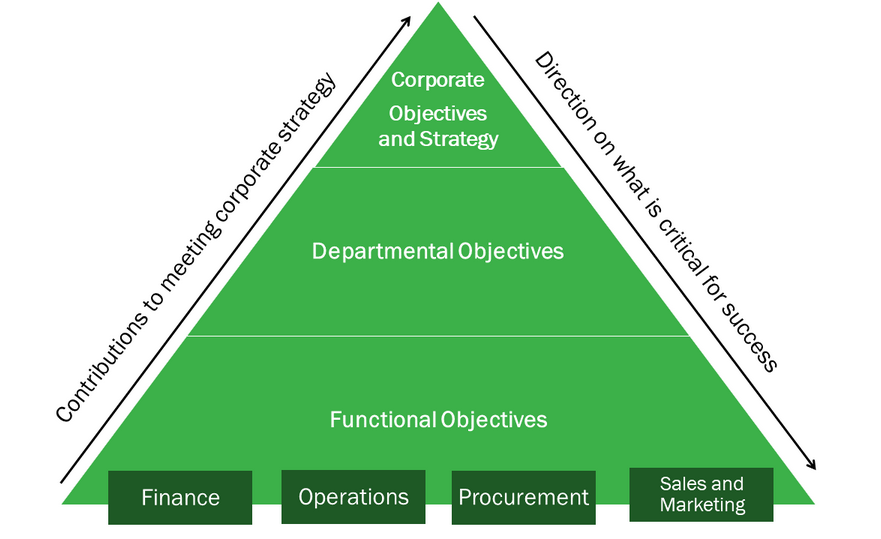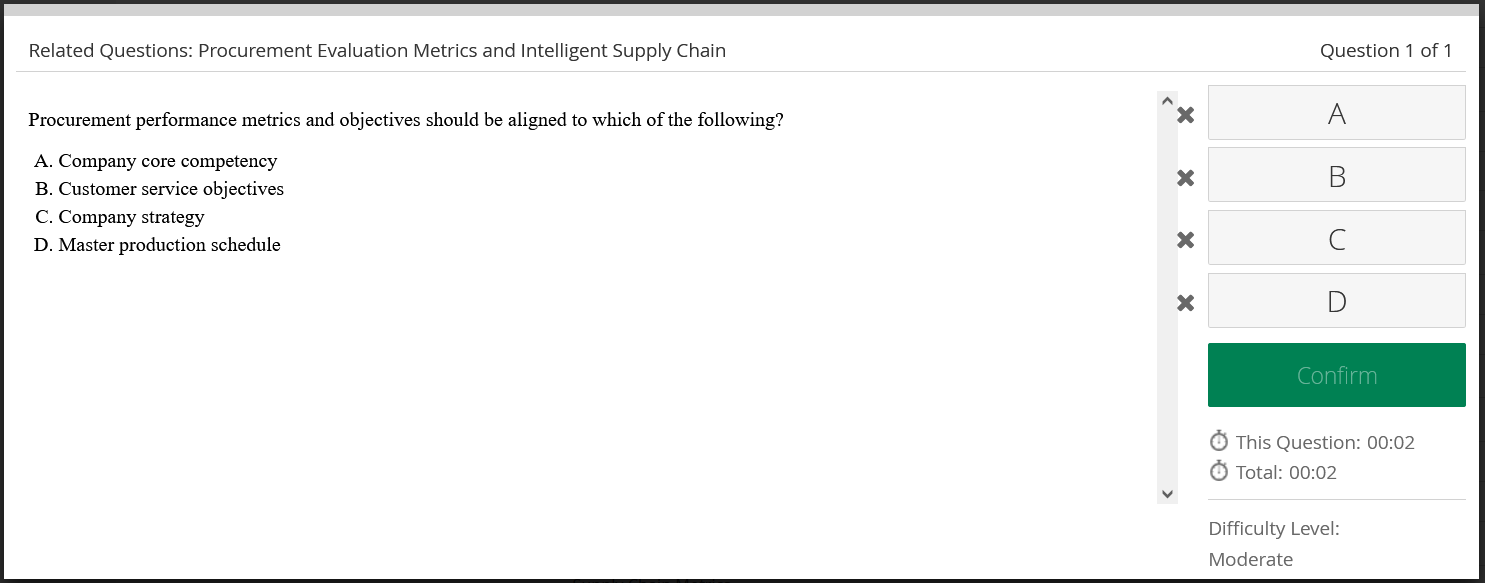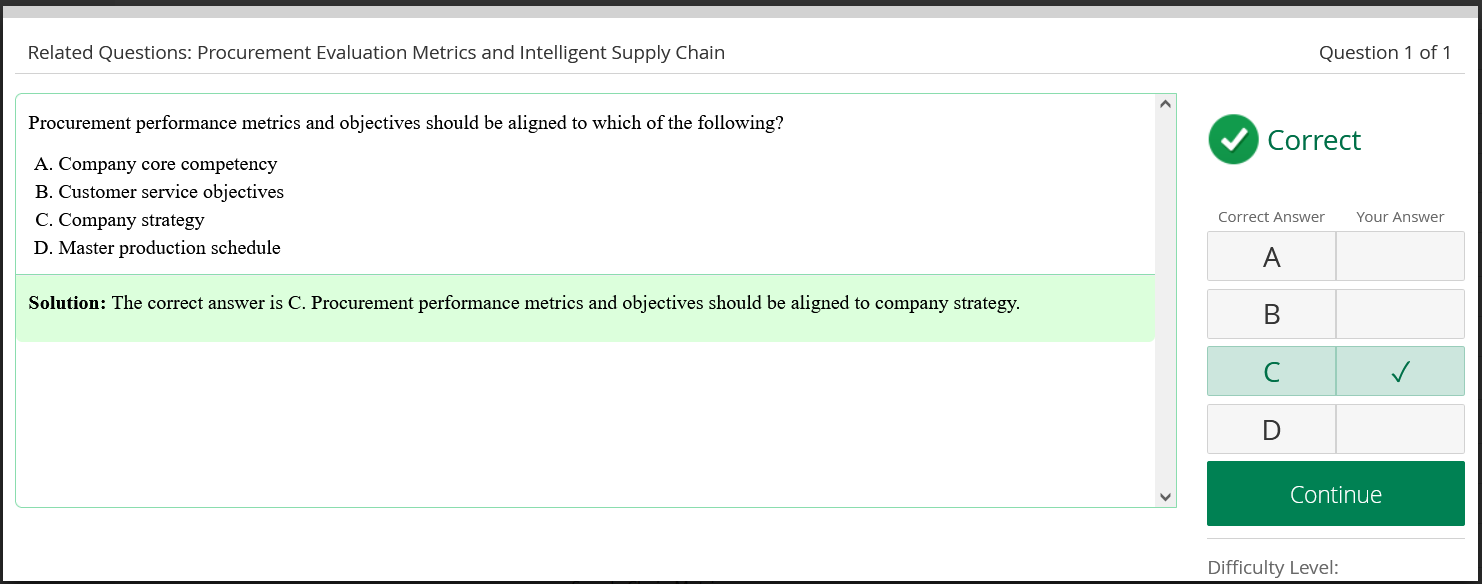Procurement activities can consume 40-80% of every sales dollar. In addition, supply chain performance is critical to financial and competitive success. Therefore, it is important that metrics are in place to monitor and measure supply chain and procurement activities and to take corrective action if necessary.
Reasons to Implement Procurement Metrics
Specific reasons for instituting procurement metrics include:
- To measure procurement’s contributions to the organization’s overall performance in cost, asset utilization, cash flow, innovation, value-add improvements, and sustainability
- To provide a track record of purchasing over time in order to support better decision-making
- To improve communication across the supply chain
- To provide feedback on how well individual buyers, the department, or the supplier are performing towards objectives
- To highlight problems that need to be corrected or prevented
Integrating Procurement Measurements with Organizational Objectives
Some companies look at metrics in isolation instead of aligning them to drive the firm’s overall excellence and value. However, all metrics should be linked to overall goals rather than simply being a list of things to measure.

Company objectives and strategies should drive the categories that are used for departmental measurements, including procurement. This allows for top-down direction on what is critical for organizational success, as well as the ability to link contributions from the bottom-up in meeting those objectives. In order to minimize trade-offs between functionality, a holistic approach should be used to align measurements not only vertically but horizontally, as well across the enterprise. Some organizations use cross-functional performance design teams to develop and integrate joint goals and metrics across the organization, which improves the overall performance of the entire supply chain.
Some objectives do not align naturally, such as finance and operations. Finance metrics are transactional, looking backward on activities that have already occurred, and do not necessarily drive progress. Operational metrics, even though based on past events, are often geared to analyze processes and drive improvement. However, both should be linked to correlate with overall company objectives.


